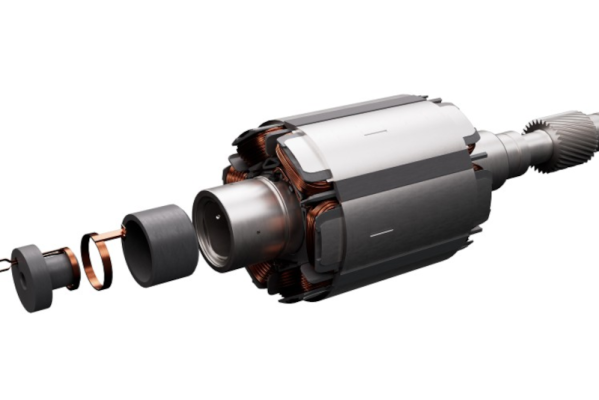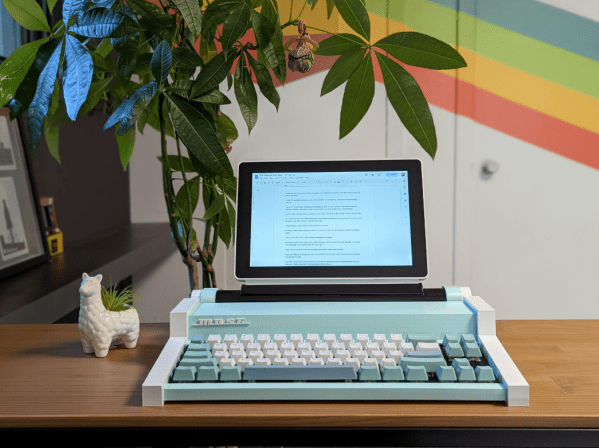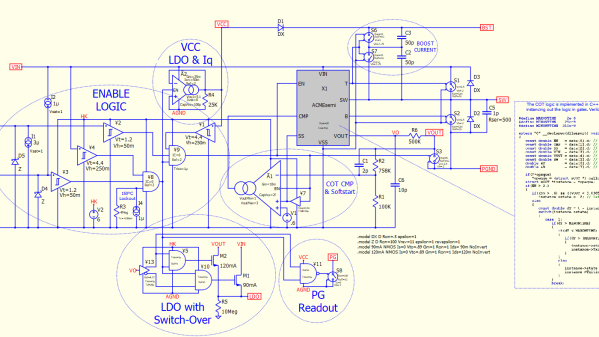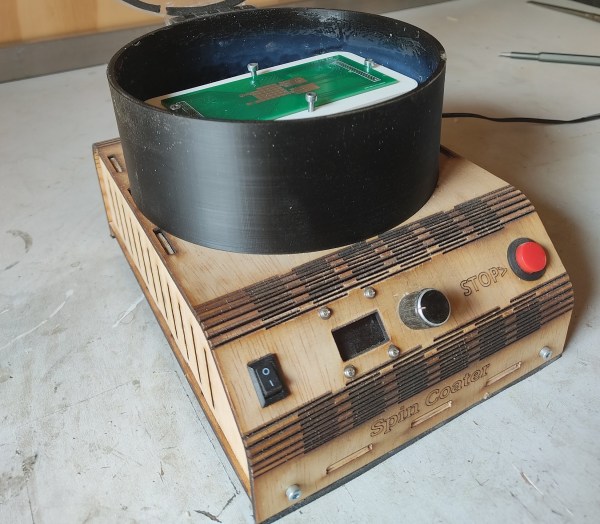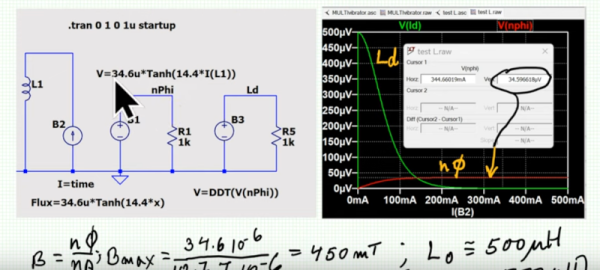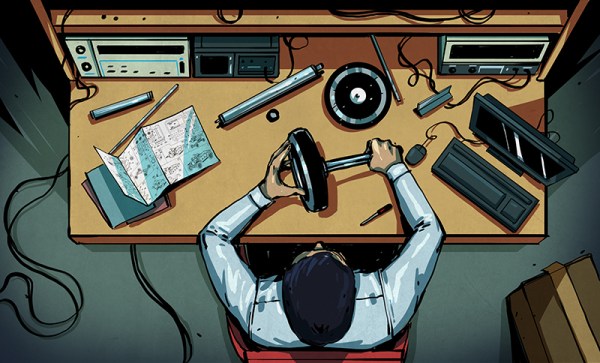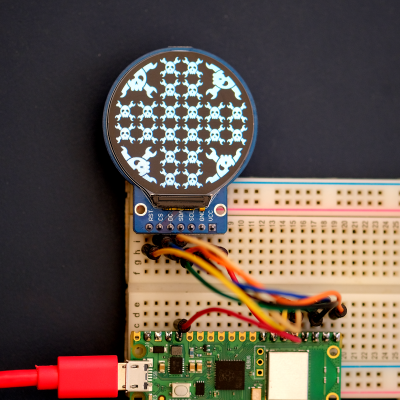The Las Vegas Sphere is a large building. It stands 112 meters high and 157 meters wide, and is covered in a full 54,000 square meters of LED displays. That’s a little difficult to recreate at home for the typical maker. A scaled-down version is altogether more achievable though, as demonstrated by [DrZzs & GrZzs].
The Pixelhead Megasphere, as it is known, is 1.98 meters high and 2.4 meters in diameter. That makes it altogether easier to fit in an average backyard, and it comes with a much smaller pricetag than the $2 billion used to build the Las Vegas Sphere. It runs 20,028 individual addressable LED pixels, and runs on four 12-volt 100-amp power supplies. As seen here, it’s only running at 15%, so it can go plenty brighter to really get those power supplies toasty. The sphere is controlled by Xlights, with the LEDs interfaced via Kulp controller boards. It’s able to run a variety of different animations at a good frame rate, with [DrZzs & GrZzs] busy whipping up different designs for Halloween. The eye of Sauron is a particularly nice example.
We’ve seen some other neat LED spheres before, too. Video after the break.
Continue reading “Backyard LED Sculpture Inspired By Las Vegas Sphere”

